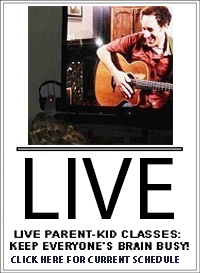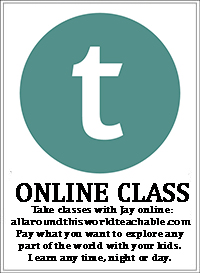Though Cuba developed a strong plantation system (which of course relied on African slaves), the island became a home to Spanish settlers of all classes. This enabled a substantial mixing of class, race and culture in Cuba; since 1800 Cuban society has consisted of a relatively equal proportion of “whites,” “blacks” and people of mixed race. Not surprisingly, Cuban music is a fusion of Spanish and African styles.
The heart and soul of Cuban music is Son, which features a five-beat pattern most often played on claves. Listen to the 3-2 son clave here and the 2-3 son clave here. Take note of those rhythms. You’ll hear them throughout most of the below Cuban styles (presented pretty much in chronological order). We’re going to mainly use the awesome Latin Music USA site to help with our introduction to Cuban music.
Danzón: Formal Cuban dance music of the late 1800s and early 1900s. Danzón drew its main inspiration from European sequence dances like the contradanza, though it added some African instruments like the timbales and the guiro. Later, danzón ensembles called charangas added cello, flute and pianos. About danzón | A Cuban flute danzón
Bolero: Cuban bolero was 19th century lyrical romantic music, performed on two Mexican-style guitars to Haitian rhythms. About the bolero | bolero on the front porch stoop in Santiago de Cuba
Rumba: Rumba — not to be confused with “rhumba,” which was a term that Americans used to describe Cuban music in the ’30s — began in the mid-1800s as a form of gathering and dance music performed by African-descended laborers. According to Latin Music USA, “Rumba was originally performed on everyday objects to avoid the ban on African instruments. A wine barrel was played like a drum, a wooden crate was tapped on with spoons, and the shipyard’s hardwood dowels were struck together (and became an instrument: claves).” About the rumba | Learn the 3-2 rumba claves | Learn the 2-3 rumba claves | Rumba Yambu on YouTube
Conga: Conga music developed from rhythmic street parade performances by groups of musicians called comparsas which play music and dance in Cuban streets during festivals like Carnival. Introducing the conga | Learn to drum basic conga rhythms | An all-star Conga Comparsa
Son: Son, which means “sound” in Spanish, powerfully forged African rhythms with instruments and folk melodies of Cuba’s Spanish community. Son music arose in the early 20th century, became known internationally in the ’30s and ’40’s when conjunto ensembles added instruments like conga drums to the mix, and fell from popularity when Cuban big bands playing a variety of styles began to draw tourist crowds in Havana the ’50s. Son worked its way into many other forms of Cuban music and all but disappeared as its own distinct style until about two decades ago when a group of well-known Cuban musicians recorded an album of classic Cuban music, including some son songs, called “The Buena Vista Social Club.” (More about The Buena Vista Social Club below). About Cuban son | About son conjuntos | “Son de la Loma” performed in a broken-down Cuban building
Mambo: In the 1930s, Cuban big band musicians added some elements of son to danzón to form an up-tempo dance music called mambo. Mambo became most popular not in Cuba, but in Cuban refugee communities in New York and Mexico City. About the mambo | In Havana, dancing the mambo
Cha-cha-cha: Cuban danzón charangas started to perform the cha cha cha in the 1950’s, taking some of the syncopation out of the mambo and making it easier to dance. About the cha cha cha | In class we’ll learn how to dance the Cha Cha Cha. Seriously!
Timba: Cuba’s most recent new musical form, timba is upbeat dance music that developed in the 1990s as a synthesis of Cuban jazz, rock, rumba, disco and funk. Watch “La Timba Loca” (listen for the claves — is it a rumba or a son rhythm? Yes, this is a quiz.)
More information:
National Geographic’s overview of Cuban music | A history of Cuban music from 1000 B.C.E. to today | Cuba borrowed a lot of instruments from Africa like the guiro and the marimba, but not the Tres | Bata drumming in Havana: three sideways drums and a conversation in rhythm





Comments are closed.